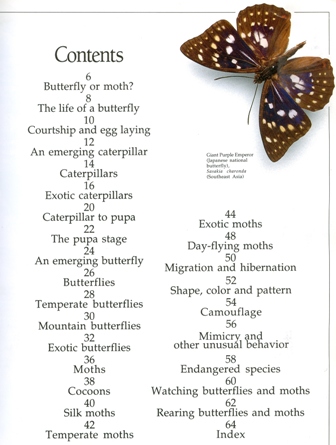
In cookbooks, the contents page contains a list of meals with page numbers where the recipes can be found. Descriptions for sections or chapters are more often used in textbooks, biographies, historical books, etc. In nonfiction books – like biographies or memoirs or historical books – chapter titles, sections, descriptions, and page numbers can be found. In others, they may simply read “Chapter One,” “Chapter Two,” and so on. In some instances, these chapters will have creative and unique titles. In fiction (novels), the table of contents lists the chapter titles and the pages they’re found on.


This can be section topics, chapter titles, and discussions. It may seem like a small aspect of the book, but it’s a necessary one.Ī table of contents page lists out what the book includes. The table of contents is found in the frontmatter of the book, along with the dedication and the epigraph. It tells the reader what to expect – how many chapters there are, what the sections of the book look like, how long it is, and what pages they can find certain topics on. Make sure that each title in the table is self-explanatory and does not confuse the reader.The contents page (table of contents) is a crucial aspect in any book. A very important thing to keep in mind is to ensure that the title makes complete sense and doesn’t leave the reader guessing about its content and purpose. The table of contents contains two main things: the title, and the page number on which a particular topic has been covered. Arranging the contents in just about any random order can often confuse the reader, which is precisely why it should be avoided at all costs. That is to say, all the topics which you intend to include in the contents section need to be properly and chronologically arranged so that the facts given make perfect sense to the reader. Till the end the things seem coherent to the reader and so it is always a good practice to make sure that all the contents are properly arranged in the table. The table lists out all the topics that are included in the extract or the work that the reader is about to take up. In this following article, we will highlight a few examples of how to go about formulating a table of contents so that you can form one from the same.

Hence, the table of contents serves an important and crucial purpose in the scheme of things. This can easily be managed if he knows the contents and the specific pages on which the topics will be found. The point of making the table is simple―it is to allow the reader to turn to any part of the book or thesis which grabs his attention. A table of contents―also referred to as simply ‘contents’―is a list of the topics that are included in a specific literary work.


 0 kommentar(er)
0 kommentar(er)
